We have made all the OPHTHALMOLOGY/EYE Instruments full set or list with the Names, Description, Uses with Pictures. in you medical ward you will see all this instruments/equipments/devices. So full knowledge regarding all this devices is necessary for your medical and surgical practice and also during exams.
OPHTHALMOSCOPE
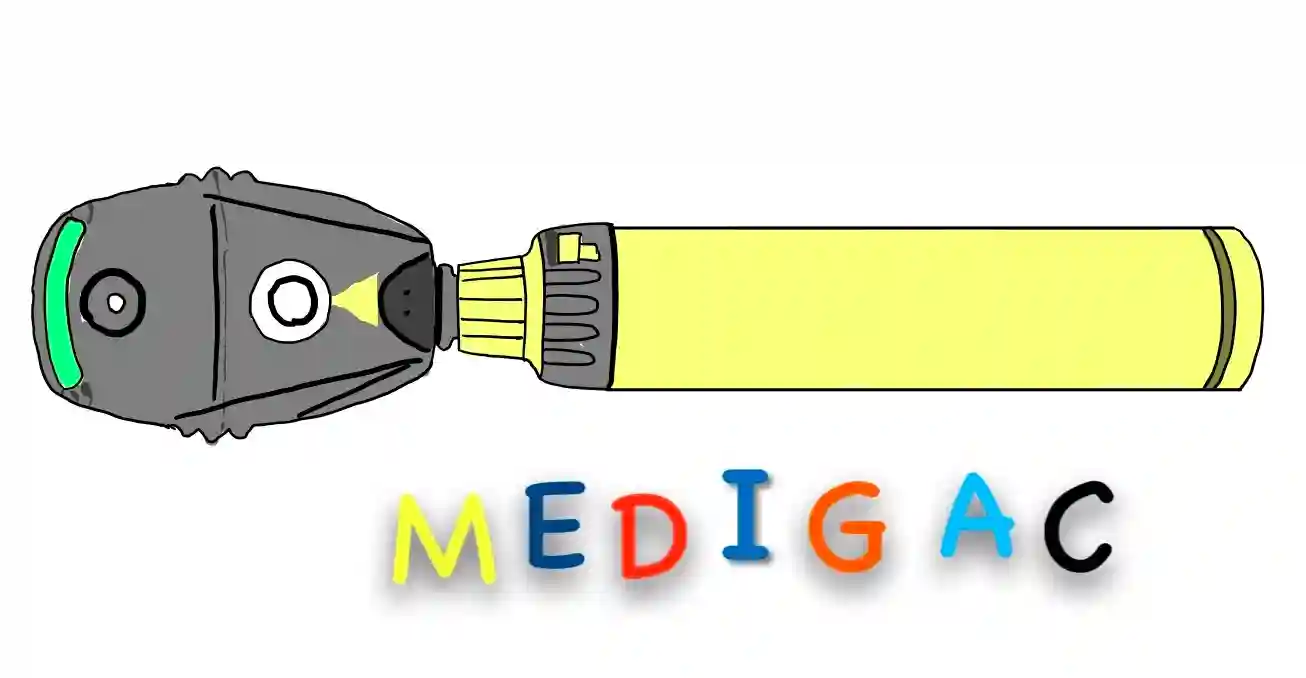
Description :
This device has mainly two parts :
One handle and the plastic optic head.
—The plastic head has aperture dial.
Uses :
1. Eye Examination : To examine the eyes for any disease diagnosis.
2. Differentiation : To differentiate between retinal and choroidal lesions.
3. Examination of the Fundus : It is done by seeing through the dilated pupil by the Ophthalmoscope.
UNIVERSAL EYE SPECULUM
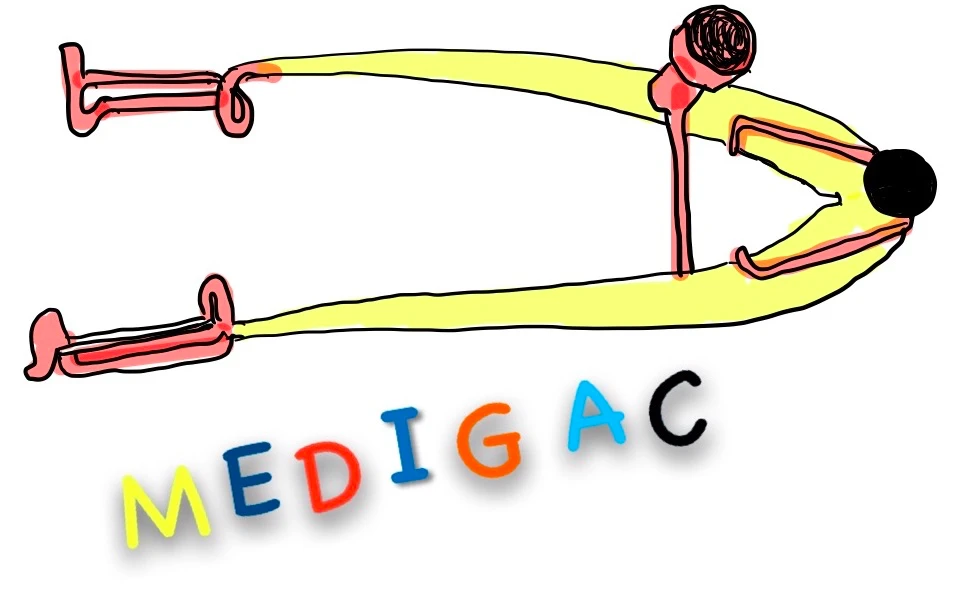
Description :
- It is made up of stainless steel and it has mainly two parts – Limbs and tips, the tips are twisted in a manner which fits the eye lids properly. There is a screw present in one limb which connects other limb to give pressure on the limb.
Uses :
1. To keep the eyes open during any intraocular operation ;
- Cataract Surgery
- Glaucoma Surgery
WIRE SPECULUM

Description :
It is made up of stainless steel wire and has mainly two parts – Limbs and Tips : Limbs are connected with each other and tips are twisted and joined for better eye lid maintaining.
—–> There is no spring mechanism present in this speculum.
Uses :
1. To keep lids apart during any Intraocular surgery, Enucleation and Evisceration surgery.
2. Examination of the eyes in Blepharospasm.
ARTERY FORCEPS
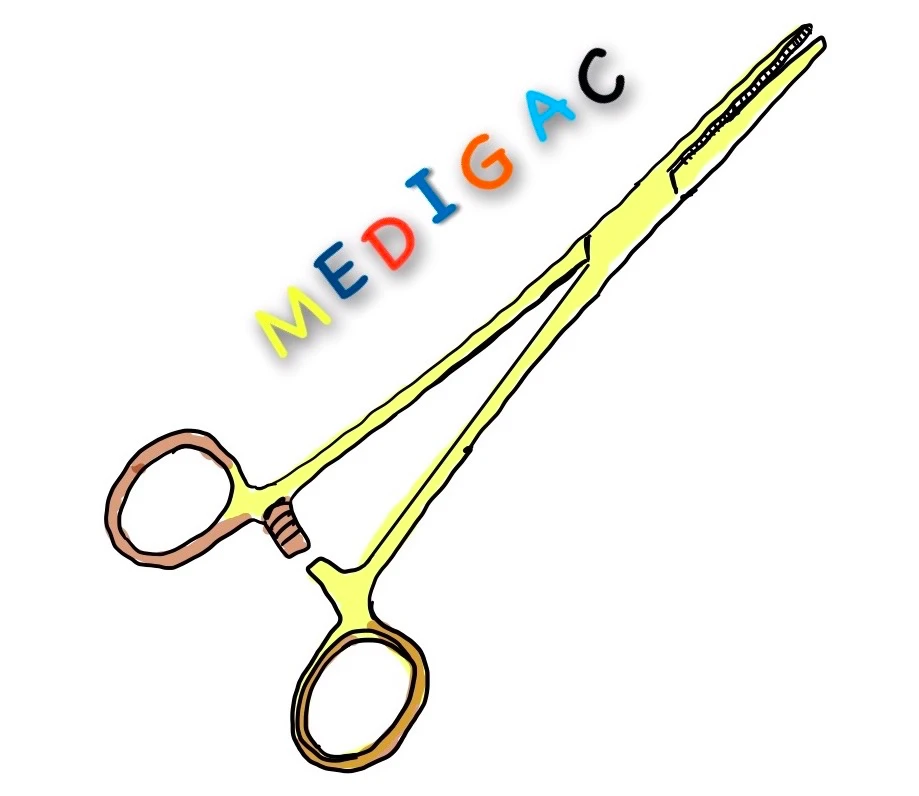
Description :
It is medium sized forceps.It has two limbs in which one end is ringed for placing the fingers and another end that is the tip is serrated for better grasping.
—-> Presence of catch mechanism to lock the holding at a particular point.
Uses :
1. To catch the bleeding vessels and compress them in order to stop bleeding.
2. To hold gauze pieces during packing after enucleation operation.
CAPSULE HOLDING FORCEPS
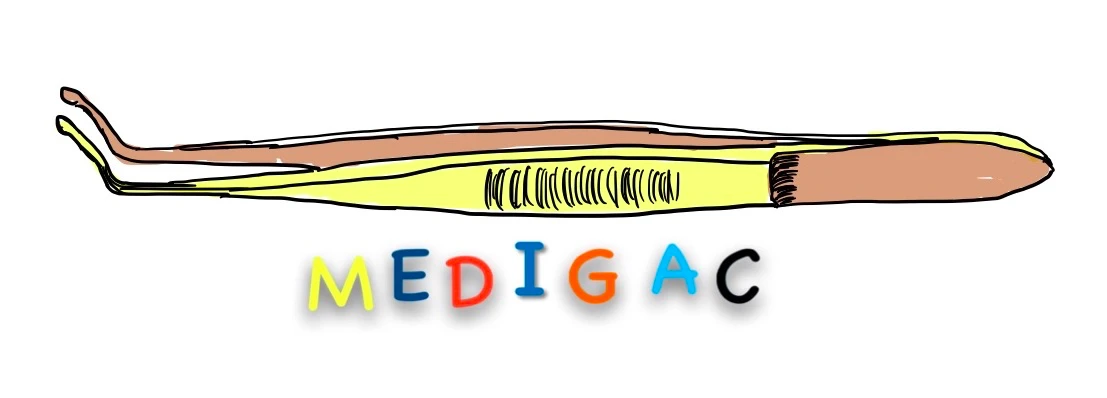
Description :
It is made up of stainless steel and has to limbs which are connected each other the spring mechanism, and the tips are blunt and has a single curve.
Uses :
1. ICCE : Used in Intracapsular cataract extraction to hold the lens capsule(at 6 O’clock position) during delivery of lens.
2. ECCE : In accidental Extracapsular cataract extraction, it is used to remove the capsular remnants.
CORNEO SCLERAL FORCEPS

Description :
Presence of two limbs and two tips. There are presence of teeth on the tips and having single curves.
Uses :
1. Holding Corneal/Scleral edges : It is used to hold the corneal or sclera edges during any kind of Intraocular surgeries ;
- Glaucoma
- Cataract
- Keratoplasty
EPILATION FORCEPS

Description :
Small forceps with two limbs holding blunt and flat ends.
Uses :
As the name implies it is used to epilate(Removing of hair) the cilia in trichiasis and stye.
GLOBE FIXATION FORCEPS
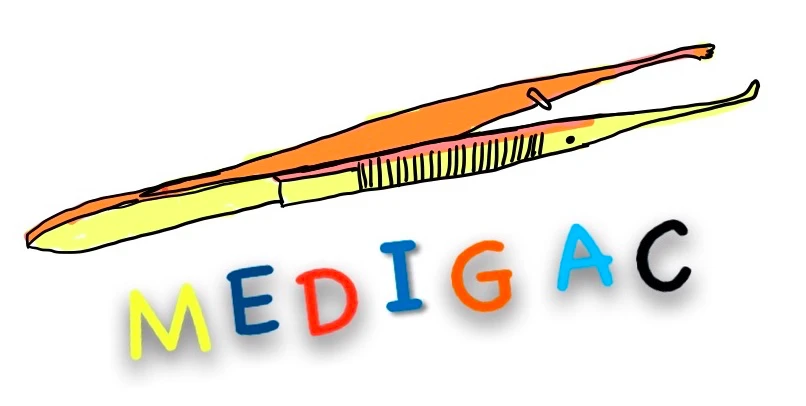
Description :
Two limbs which are attached at one point by spring mechanism and other end that is the tips are forming teeth at the end.
Uses :
1. Fixation : To fix the eyeball during operations on the eyeball.
2. Holding : To hold the eyeball in forced-duction(movement of eyeball) test.
IRIS FORCEPS

Description :
The shape of the forceps is flat, straight and sometimes may be curved. The tips has teeth on the inner side.
Uses :
1. Holding : Used to hold the iris during different operations :
- Glaucoma
- Cataract
- Tumours and foreigng bodies removal
PLAIN FORCEPS

Description :
Medium sized forceps with having limbs and tips. The tips are normal and non-serrated and also does not have teeth.
Uses :
1. Holding
- Conjunctiva : To hold the conjunctiva during various surgical procedures.
- Scleral Flap : To hold scleral flap in trabeculectomy
- Skin : to hold skin during eyelid surgery
2. DCR Operation : To Hold nasal mucosal flaps and lacrimal sac flaps.
SUPERIOR RECTUS HOLDING FORCEPS
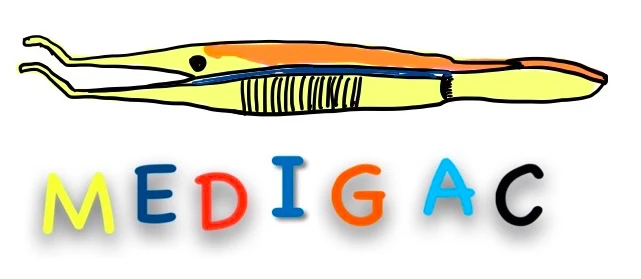
Description :
Medium sized light weight forceps with two limbs and double curved tips.
Uses :
1. Holding : Used to hold Superior Rectus muscle during passing of suture under it.
2. Stabilizing : To make a stable eye ball in various types of surgeries :
- Cataract Surgeries
- Glaucoma Surgery
- Corneal Surgery
CAT’S PAW RETRACTOR
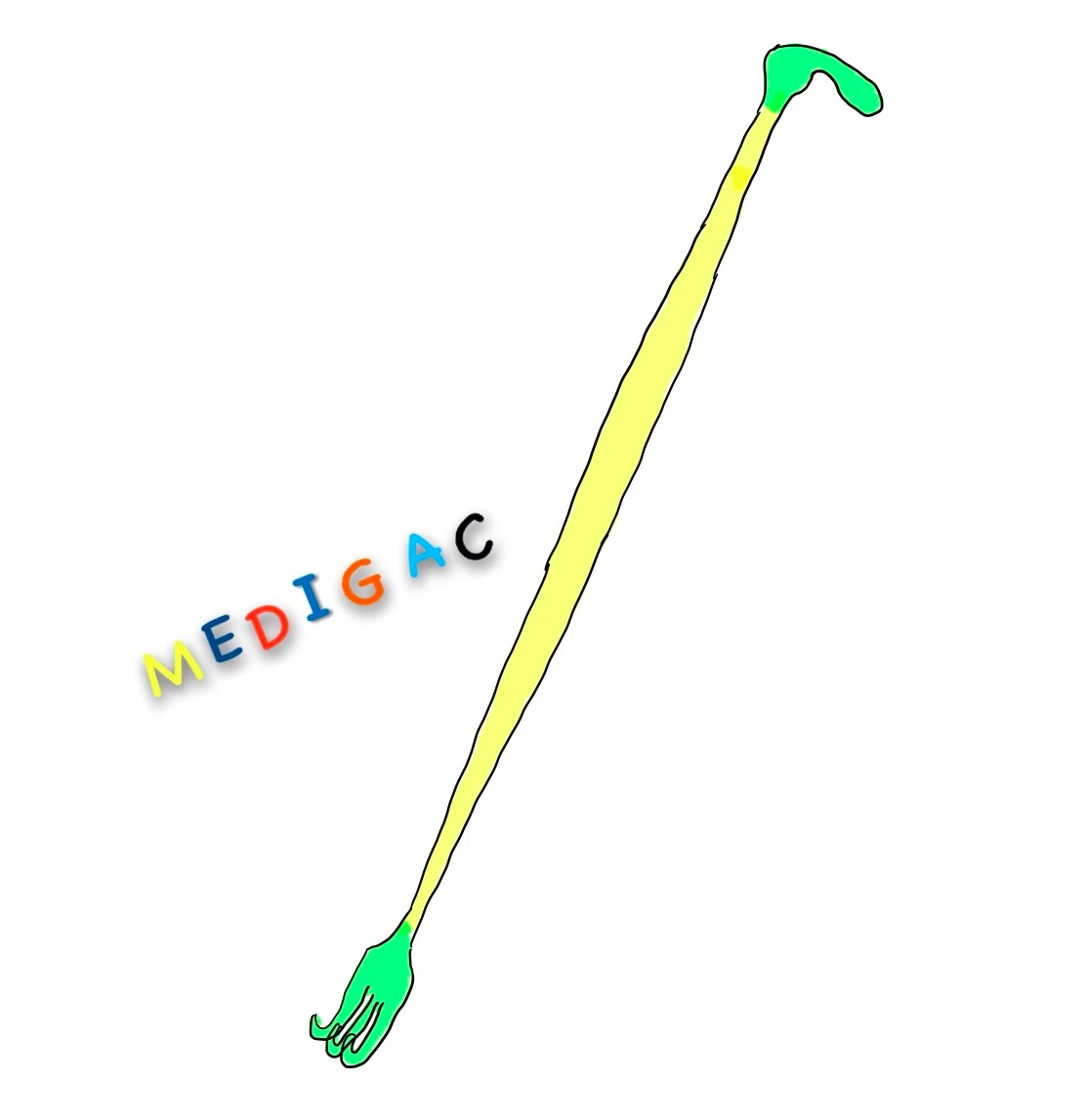
Description :
It is a double ended long structure, the ends are bend downwards and having multiple hook like projections.
Uses :
1. Skin Retraction : Used to retract the skin in surgeries :
- Lacrimal Sac surgery
- Lid Surgery
DESMARRE’S RETRACTOR

Description :
Made up of stainless steel having a flat serrated handle with polish finished. Another end is forming a spatula shaped tips which helps to retract.
Uses :
Made up of stainless steel having a flat serrated handle with polish finished. Another end is forming a spatula shaped tips which helps to retract.
IRIS RETRACTOR

Description :
Small sized retractor with tow parts – Handle and tips :
Made up of stainless steel and handle is serrated for better grasping and tips are forming curved blade.
Uses :
1. ICCE : To retract the upper edge of pupil in cryoextraction technique.
2. ECCE : To aspirate the lens matter from behind the iris at 1 O’clock position.
LENS EXPRESSOR

Description :
Medium sized device which has three parts – Handle, neck and tip.
Made up of stainless steel and the flat metal handle is serrated for better grasping and the handle gets shallow to form the neck and the neck further forms the tip which is single curved and has a knob at the end.
Uses :
1. To express the nucleus in extracapsular cataract extraction.
2. Muscle Hook
3. ICCE : To apply pressure n the limbus at the 6 O’clock position.
MULLER’S RETRACTOR

Description :
Made up of stainless steel and has mainly three parts : Limbs, tips and Screw.
Two metal limbs are attached with each other at one end by spring mechanism and one screw joining two limbs.
The edges of the tips has three pin like projections on each.
Uses :
1. DCT/DCR : Used to retract the skin during surgery.
MUSCLE STRABISMUS HOOK

Description :
Made up of stainless steel having two parts : Handle and Tips
Handle is quarter shaped long structure. The tip is double curved and having a knob at the end.
Uses :
1. To lift muscle during strabismus/squint surgery
2. Insertion near the origin of muscle
ARRUGA’S NEEDLE HOLDER

Description :
Mainly contains two plates : Upper and lower, The upper one has a flat and broad plate.
The end is forming the tip which is serrated for better holding of the needle.
Uses :
1. Suturing : During suturing of different surgeries we use this needle holder to hold the needle
2. Passing the superior rectus suture.
BARRAQUER’S NEEDLE HOLDER
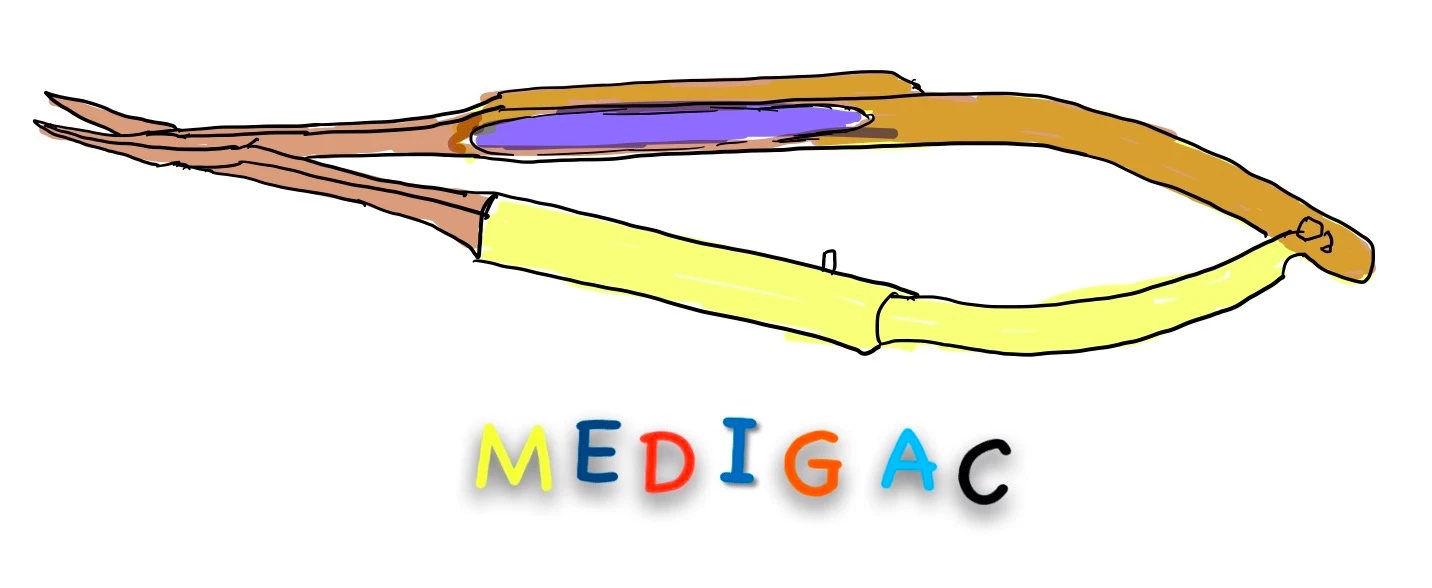
Description :
Metal body and has two parts : Two limbs are attached with each other at one end by spring mechanism and the other end forming the tips which are serrated.
The tips are attached by screw joint.
Uses :
To hold and guide the needle in various ophthalmic surgeries.
CASTROVIEJO’S NEEDLE HOLDER

Description :
Metal body and has two parts : Two limbs are attached with each other at one end by spring mechanism with a s shaped locking system and the other end forming the tips which are serrated.
The tips are attached by screw joint.
Uses :
To hold and guide the needle in various ophthalmic surgeries.
CASTROVIEJO’S CALLIPER

Description :
Two arms which are connected by the screw mechanism and with one arm the scale is attached and the other arm is free and can be moved by the screw over the scale.
Uses :
1. Measurement :
- Ptosis
- Squint
- Corneal Diameter
- Retinal detachment
- pars plana vitrectomy surgeries
CORNEAL SCISSOR

Description :
Two parts : Limbs and blades
The limbs are attached by spring mechanism and the tips are forming blades.
In the limbs there are three holes and limbs are forming the blades at the tip by attaching them with a screw joint.
Uses :
1. Enlarge Corneal Incision :
- ICCE and ECCE
- Keratoplasty
2. Trabeculectomy : To cut the scleral and trabecular tissue
3. Cutting conjunctiva in some special operations
DE WECKER’S SCISSOR

Description :
It is made up of stainless steel and has two parts :
The metallic arms and the tips which are right angled with the arms.
Uses :
1. Prolapsed Vitreous and Pupillary membranes are cut in Iridectomy,Iridotomy.
ENUCLEATION SCISSOR

Description :
Consists of two arms and the tips forms the sharp blades with blunt ends.
Uses :
1. Enucleation : To cut the optic nerve.
PLAIN CURVED SCISSOR
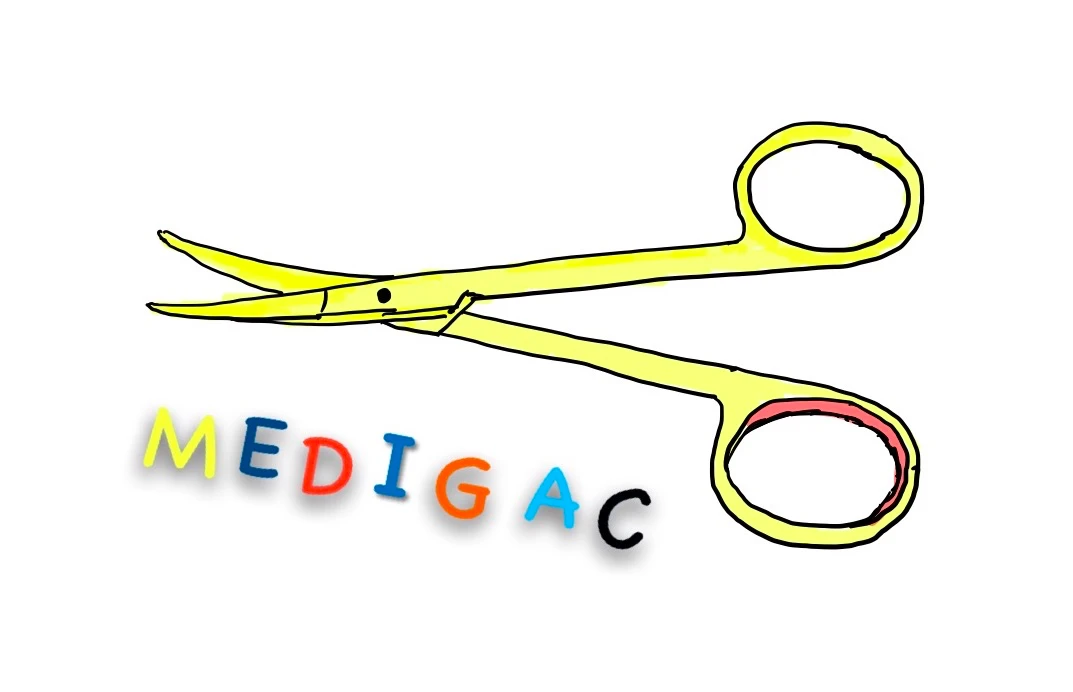
Description :
Two arms which are connected by screw mechanism.
The ends of the arms forms the sharp cutting curved blades.
Uses :
1. Conjunctiva : Used to cut and weaken the conjunctiva in various operations.
2. Eroding Skin : Eroding the skin during Lid and Lacrimal sac operations.
PLAIN STRAIGHT SCISSOR

Description :
Two arms which are connected by screw mechanism.
The ends of the arms forms the sharp cutting blades.
Uses :
1. Cutting : Used to cut conjunctival sutures, eyelashes, and muscles.
SPRING SCISSOR

Description :
Two arms are connects via spring mechanism.
The ends of the arms forms the blades with sharp or blunt tips.
Uses :
1.Used for cutting and undermining conjunctiva in various operations
2. Used to cut sutures.
STRABISMUS SCISSOR

Description :
Looks like plain curved scissors with blunt ends of the blades.
Uses :
1. Squint & Enucleation : To cut extra ocular muscles.
2. Oculoplastic operations & Squint Surgery : To separate the delicate tissues without damaging the surrounding area.
VANNAS SCISSOR

Description :
Two arms forming tow blades at its ends. This device also works by spring mechanism
Uses :
1. Cutting purpose : Used to cut anterior capsule of the lens in ECCE, 10-0 nylon sutures and pupillary membrane.
2. Iridectomy
BARD PARKER HANDLE

Description :
Long flat serrated handle with a thin solid tip.
Uses :
To attach scalpel blades.
EXTENSION KERATOME

Description :
It has a plastic handle and a blade which is connected with the handle by a thin metallic neck.
—- The two edges of the blades are sharp and the tip is blunt.
Uses :
1. Extension : Used to extend size of corneal incision when needed.
15 DEGREE SIDE PORT ENTRY BLADE
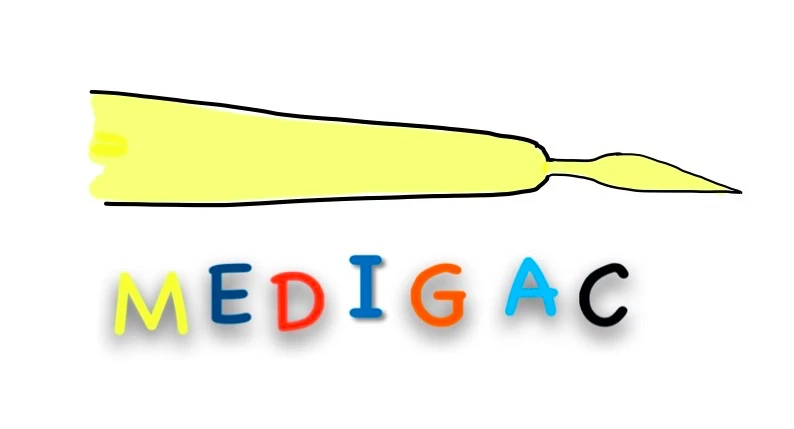
Description :
One plastic handle and one cutting blade at the tip.
— One edge of the blade is sharp and the tip is sharp pointed.
Uses :
1. Phacoemulsification : Used to make a Side port incision(small valvular clear corneal incision)
CRESCENT KNIFE

Description :
One plastic handle and one blunt with sharp cutting edges blade.
Uses :
1. Phacoemulsification, Manual SICS : To make tunnel incision in the sclera and cornea.
2. Trabeculectomy Surgery : To separate the conjunctiva and subconjunctival tissue from the sclera and limbus to make gimbal flap.
CAPSULOTOME
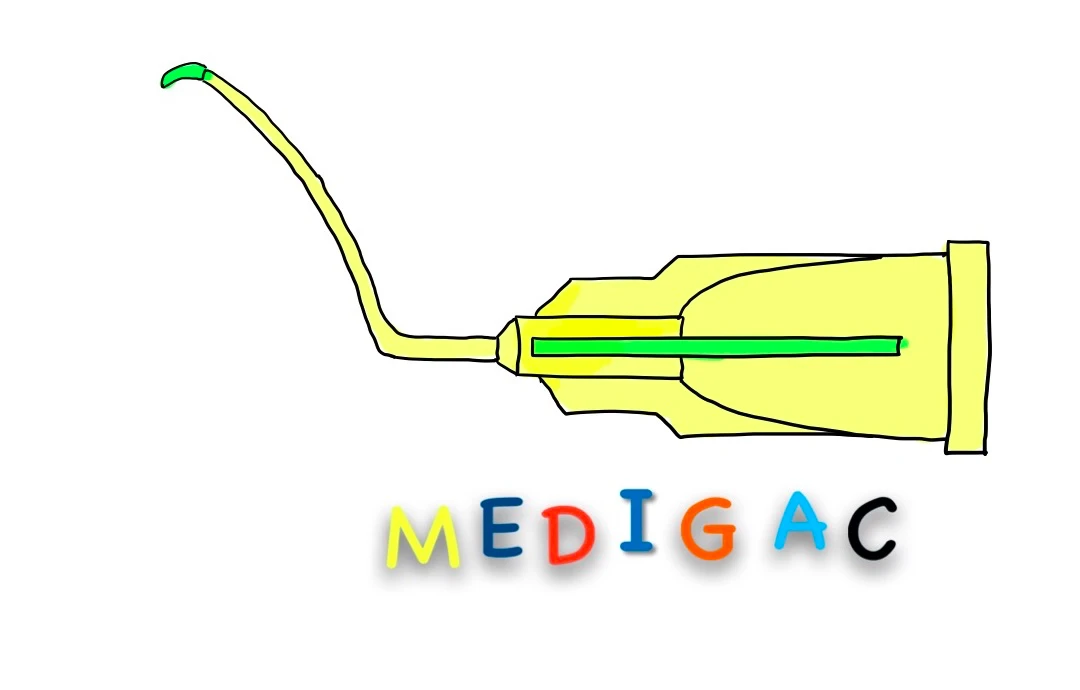
Description :
Needle knife which has a bent tip which is sharp on both edges.
Uses :
1. ECCE : For anterior capsulotomy or capsulorhexis.
FOREIGN BODY SPUR
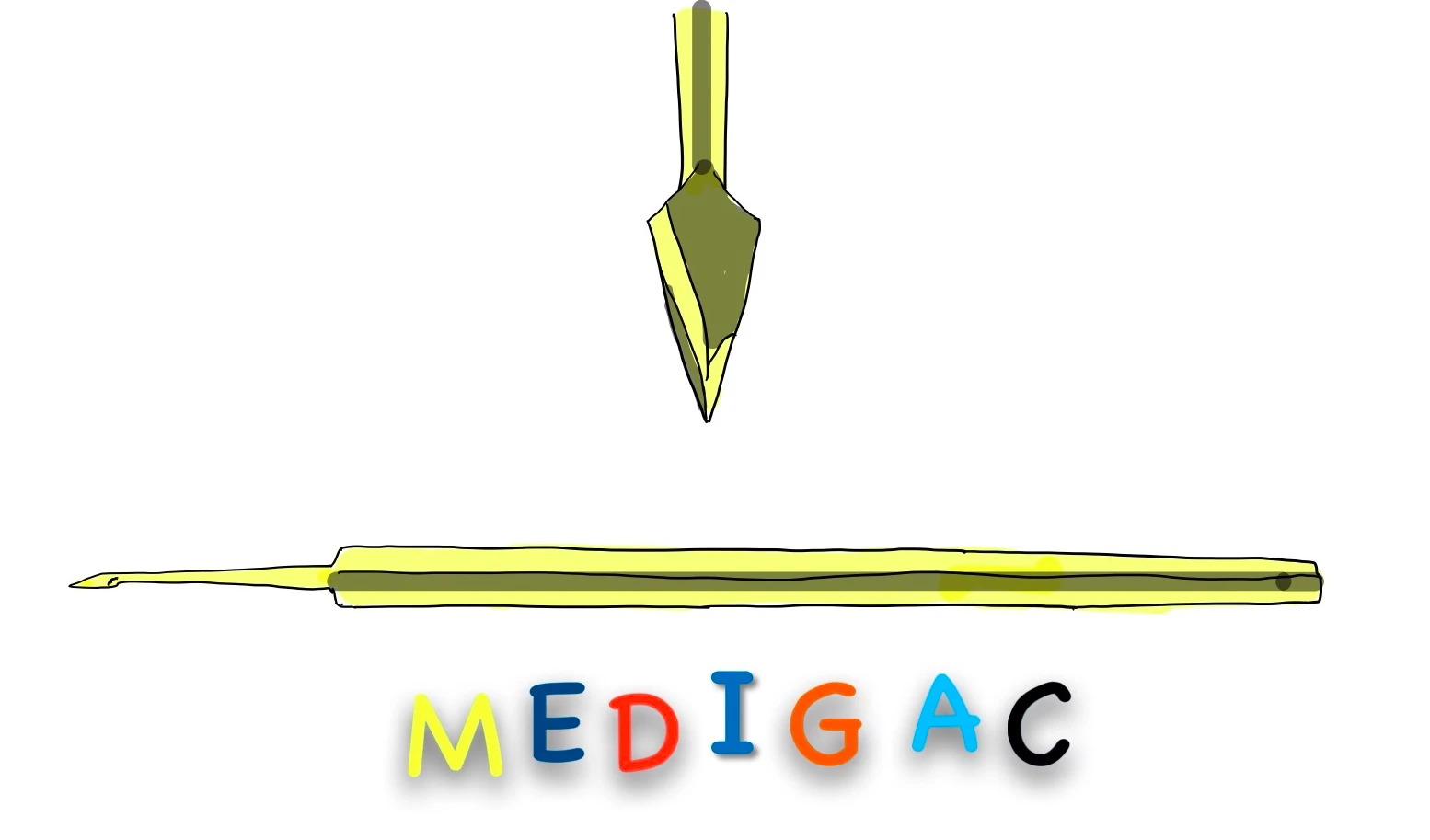
Description :
One metallic handle and one sharp and blunt tip with edges on both side.
Uses :
Removal of corneal foreign body.
KERATOME

Description :
Diamond shaped blades with a sharp and pointed tip with two cutting edges.
Uses :
1. ECCE/Manual SICS/Phacoemulasification : To make valvular corneal incision for entry into the anterior chamber.
PARACENTESIS NEEDLE

Description :
Lancet shaped needle with sharp cutting edges.
Uses :
1. Paracentesis : To help taking body fluid sample by making small corneoscleral incision.
TOOKE’S KNIFE

Description :
One handle and a short flat blade with semicircular blunt dissecting edge, which is bevelled on both the surfaces.
Uses :
1.Pterygium : To separate pterygium head from underlying corneal lamellae.
2. Trabeculectomy Surgery : To separate the conjunctiva and subconjunctival tissue from the sclera and limbus to make gimbal flap.
3. Separating corneal lamellae in lamellar keratoplasty.










